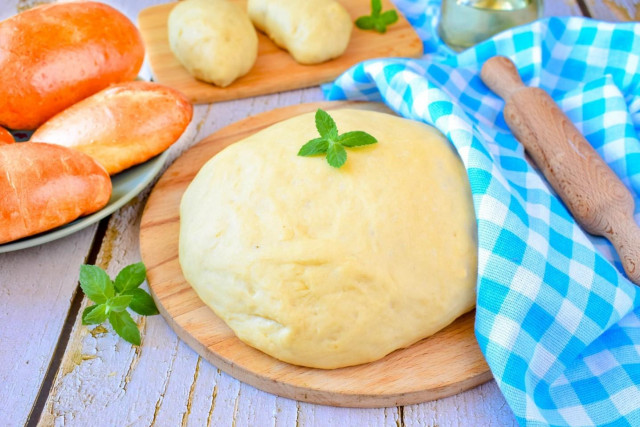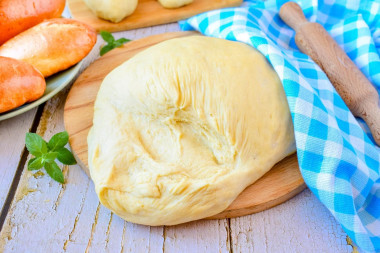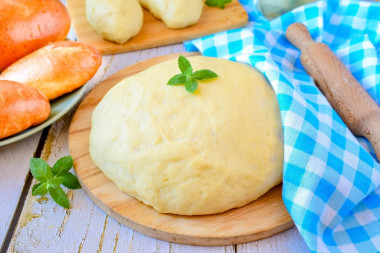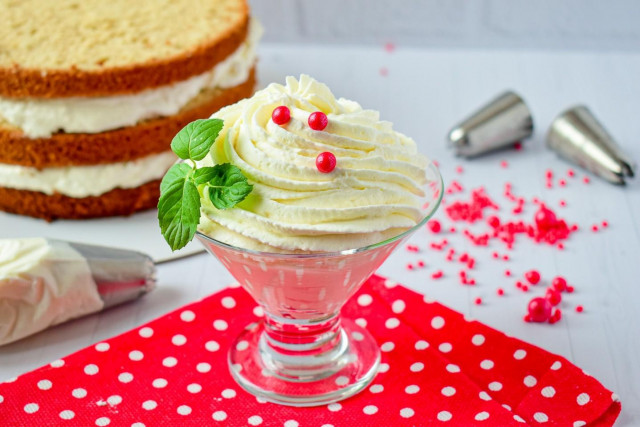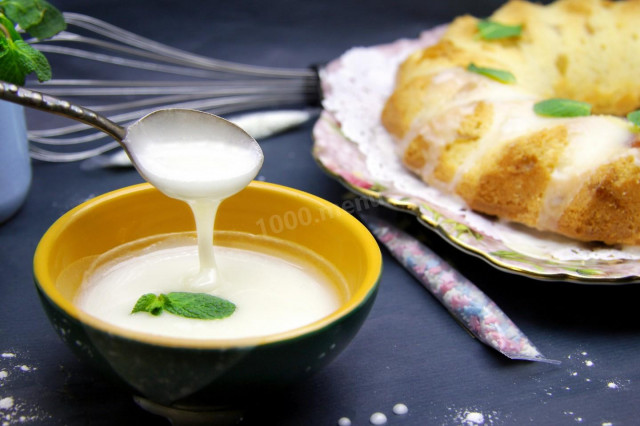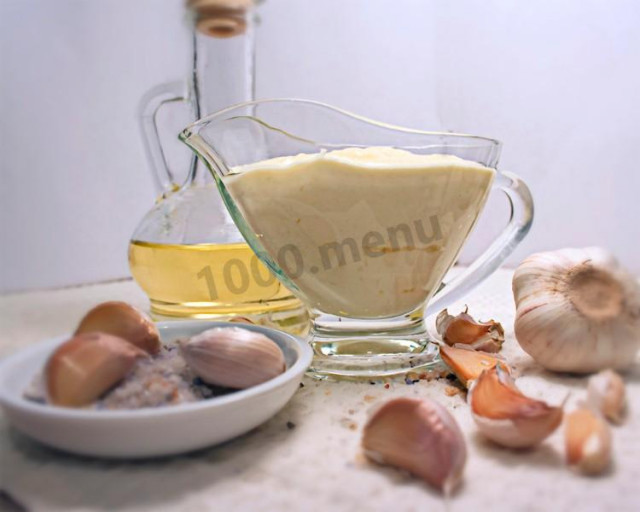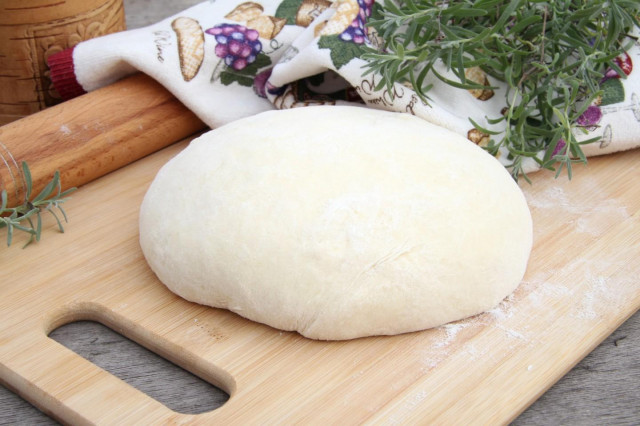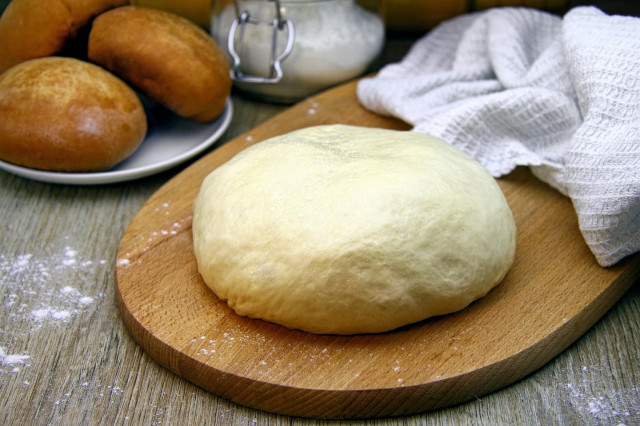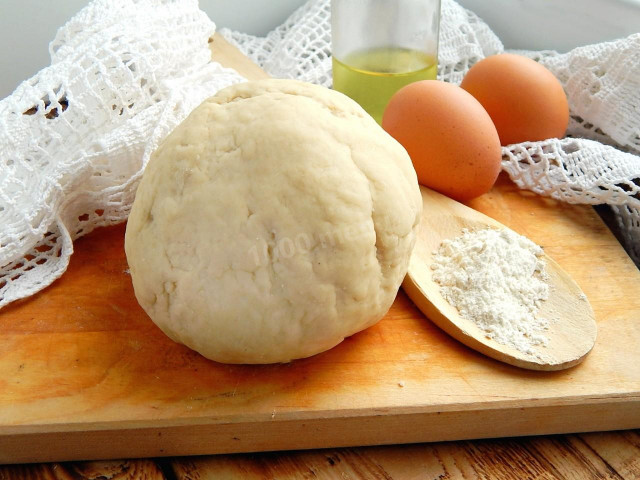Composition / ingredients
Step-by-step cooking
Step 1:
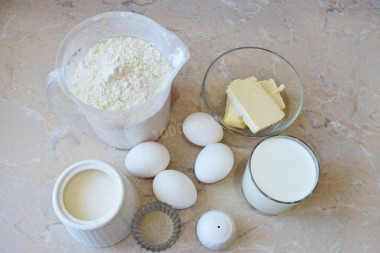
How to make a classic yeast dough? Prepare the necessary ingredients for this. Heat the milk to a warm state. Thanks to this, the yeast will start its work faster and the dough will rise well.
Step 2:
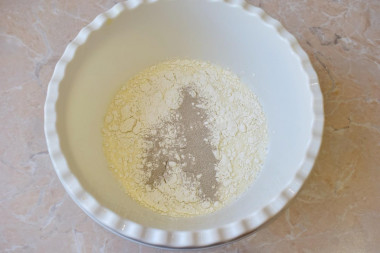
To prepare the dough, take a wide bowl so that it is convenient to knead the dough in it. Pour warm milk into a bowl (not hot!) and add sugar and yeast.
Step 3:
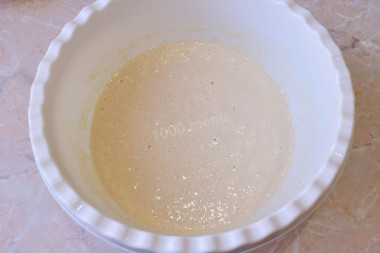
Add flour and mix everything with a whisk. The dough will be a little thick. Cover the bowl with a towel and leave it in a warm place for 20 minutes. During this time, the yeast will be actively involved in the work and the dough will begin to rise with a cap.
Step 4:
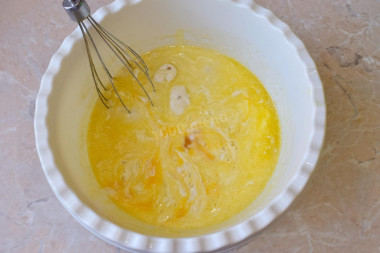
Now you can continue preparing the dough. Melt the butter and cool it. Pour the oil into the bowl to the dough. Add salt. Mix it up.
Step 5:
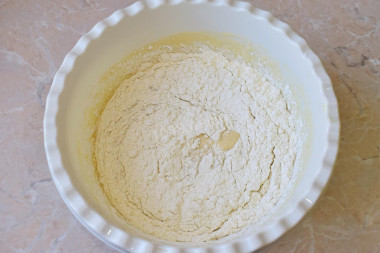
Sift the flour through a sieve to saturate it with oxygen. Thanks to this, the dough will be more airy. Gradually pour the sifted flour into the bowl and knead the dough. In the amount of flour, be guided by the consistency of the finished dough. It may need a little more or less.
Step 6:
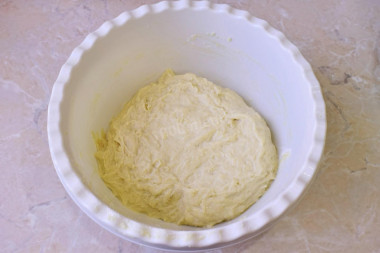
When the dough sticks to my hands quite a bit, I stop adding flour. I lubricate my hands with vegetable oil and knead the dough with my hands. Thanks to vegetable oil, you do not have to add extra flour so as not to clog the dough with it. Leave the finished dough in a bowl under a towel in a warm place for 1 hour.
Step 7:
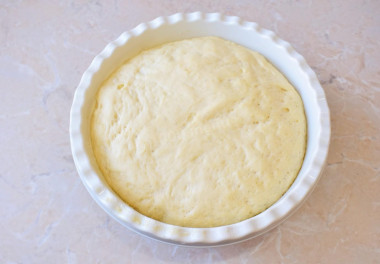
During this time, the dough will fit well and increase in volume by 2-3 times. Knead the dough and start cooking pies or pies. Cook with pleasure!
Butter can be melted in the microwave or in a water bath.
How to melt butter in the microwave?
Cut the butter into small pieces and place it in a special container. To prevent the oil from splashing when heated, cover the oil vessel with a paper towel. The oil should be melted either at the lowest power or in defrosting mode. At first, five seconds will be enough. Next, if the butter has not melted yet, set it again for 5 seconds and start the microwave. Repeat the process several times until the desired result.
How to melt butter in a water bath?
You will need two containers of different diameters. Pour water into a large one and put it on the stove. Place the smaller container on top so that it is submerged in water by about half. Put the sliced butter into it. Under the influence of boiling water, the oil will begin to melt. Stir the oil slightly to speed up the process. As soon as the pieces of oil are completely dissolved, remove the container from the stove.
Important! Using dry yeast, it should be borne in mind that they occur in two forms: active and instant (read the instructions carefully before use!).
Active dry yeast looks like beads or small balls. Before applying them, they must be brought out of the "sleep mode". To do this, the active yeast is diluted in warm sweet water, milk or whey. The resulting bubbles, foam or "cap" indicate that the yeast is ready for further use. Active dry yeast must be brought to complete dissolution in the liquid, otherwise, due to the remaining grains, the dough may not rise and the baking will be spoiled (yeast grains that have not dissolved in the liquid and got into the dough will no longer disperse on their own, which means they will not work).
Instant dry yeast is easier to use. They do not need to be activated before use. Such yeast, along with other ingredients, is simply added to the dough. As a result, the baking time is reduced.
It should also be remembered that both types of dry yeast may differ in their activity from different manufacturers.
Caloric content of the products possible in the composition of the dish
- Whole cow's milk - 68 kcal/100g
- Milk 3.5% fat content - 64 kcal/100g
- Milk 3.2% fat content - 60 kcal/100g
- Milk 1.5% fat content - 47 kcal/100g
- Concentrated milk 7.5% fat content - 140 kcal/100g
- Milk 2.5% fat content - 54 kcal/100g
- Chicken egg - 157 kcal/100g
- Egg white - 45 kcal/100g
- Egg powder - 542 kcal/100g
- Egg yolk - 352 kcal/100g
- Ostrich egg - 118 kcal/100g
- Whole durum wheat flour fortified - 333 kcal/100g
- Whole durum wheat flour, universal - 364 kcal/100g
- Flour krupchatka - 348 kcal/100g
- Flour - 325 kcal/100g
- Granulated sugar - 398 kcal/100g
- Sugar - 398 kcal/100g
- Butter 82% - 734 kcal/100g
- Amateur unsalted butter - 709 kcal/100g
- Unsalted peasant butter - 661 kcal/100g
- Peasant salted butter - 652 kcal/100g
- Melted butter - 869 kcal/100g
- Salt - 0 kcal/100g
- Dry yeast - 410 kcal/100g

